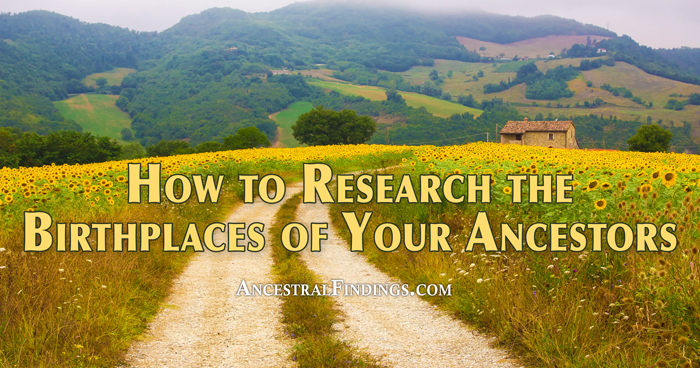You want to take your research farther, but seem to be stuck at a brick wall on the line you're working on. It's a frustrating fact of genealogy that nearly any genealogist will encounter at some point, and probably more than once. When you get to the point where you don't know where else to look for clues, you may be tempted to give up on that line, but don't do it just yet. There are likely clues in the research you've already done that will point the way to additional information. These are three commonly overlooked clues in genealogical documents that can help you break through that brick wall.
1. Year of Immigration
The 1900 U.S. Federal Census includes the year of immigration for people who came from foreign countries. It's easy to overlook, as it is a way down the line of census information. If you are just looking at names, birth dates, ages, and states/countries of origin, you won't see it. Keep looking all the way down the line. It's there.
If you have been looking for your immigrant ancestor's immigration records but didn't know when they came to this country, you know it can be a long and tedious search to find them amongst all the immigration information that's available. With the exact year of immigration, along with the country of origin, which is also on the census, you will have a much easier time finding their immigration record. The immigration record can potentially lead you to the names of other relatives (even parents), the ancestor's foreign town of origin, their occupation, and more.
2. The Names of Witnesses on Deeds, Wills, and Other Legal Documents
People often got those with whom they had some kind of connection to witness legal documents for them. These were the people your ancestor trusted, and while it may have been due to a close friendship, it was usually because of a family relationship, either by genetics or marriage. Look at the names of those witnesses. Then, find out more about them. Their relationship may be stated plainly in the document. If it isn't, discover who they were.
Look for them in census records, town vital records, and other legal records from the area. Search for their names in old newspaper records. You may discover a familial connection with them to your ancestor that you never knew. This relationship can point you in the direction of further research that may lead you farther down your ancestor's line, into the distant past.
3. The Informant's Name on a Death Certificate
This is usually, but not always, a relative. If you don't recognize the name, research the person in all of the usual places. Chances are, you will discover their relationship to your ancestor, and it may be a new relationship you never knew was there. It might be a previously unknown child or grandchild, an in-law, or, in the case of younger ancestors, the previously unknown name of a spouse or parents.




